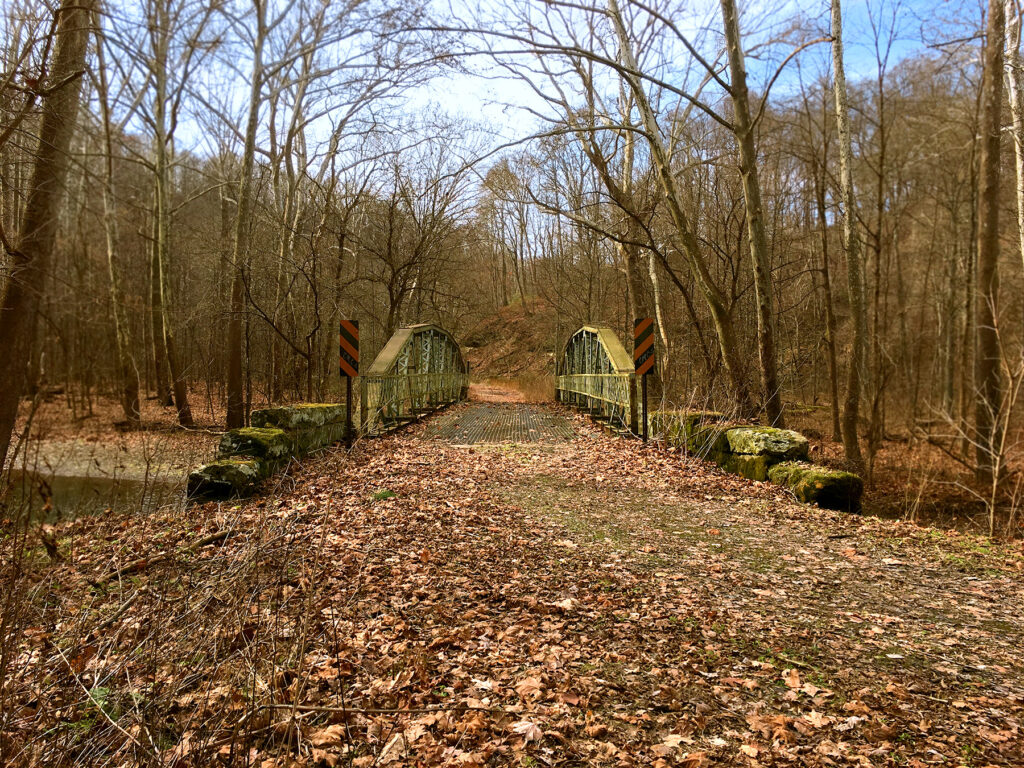The Indian Trail Tree
Greene County Pennsylvania is a melting pot of culture, history and beautiful natural scenery. It doesn’t matter what corner of the County you are in or where you go, there is always an incredible view to take in, a pioneer home, historic cemetery or monument or some tangible reminder of this regions past.
Our local culture seems to take great pride in these resources. Many of our local cemeteries have been preserved, and our historic buildings are definitely a sight to behold. But what’s left from before the time of our European ancestors? We have our share of Native American Sites to be sure. Burial grounds, carved and painted rocks and caves. But there is one amazing artifact that remains that’s been overlooked in all the histories, guide books and in our own living memory. The Indian Trail Tree.
Take a drive over to PA State Game Lands 302, on the Greene/Washington County line not too far from Majorsville, WV. Find the parking area at the lower end of Raymer Road and go for a nice scenic stroll. There is a gated path off the parking area that you can follow along the hillside until you come to an old Iron Bridge that crosses Wheeling Creek. Take a look around and enjoy the views. It’s a truly beautiful scene, seemingly untouched by human hands for decades. But look closely, peer into the woods on the far side of the bridge, and you’ll see a rather odd-looking tree. Bent strangely and standing like a sentinel guarding the roadway. Stroll across the bridge and as you approach, know that you are looking at one of Greene Counties rarest relics.
These trees, as saplings, were usually carefully bent at the trunk, and supported by a thong (hence the alternate name Thong Trees) and tied down with rope or sinew on one end so that the tree would generally be bent into a horizontal position pointing us in the right direction. Many times, branches were cut or pruned to leave nubs that seem to be directional indicators, places for messages, and in some instances these nubs have even been shaped into the heads of animals. It has been hypothesized that the upward branches may have been used to pass information along as well. These trees were cared for and maintained over time so that they would grow and support themselves and live as permanent markers to guide travelers, hunters and warriors along their way.
Our featured Trail Tree is certainly a sight to behold. Over five feet across at the base, it comes squarely out of the ground then bends very sharply making a horizontal line that points in a Northerly direction. This horizontal arm stretches over fourteen feet from the trunk, and points directly to the old Iron Bridge. Perhaps this tree served as a marker for one of the preferred crossing spots on Wheeling Creek?
This old road is a remnant of this ancient Native American path. Stretching high into the canopy of the woods, and into the clouds of the sky are three great secondary trunks rising out of the horizontal bent trunk of the tree. These trunks are mighty in and of themselves, each a minimum of two to three feet in diameter. And at the very northern end of the vertical limb of the tree is a triangular nub, likely the preserved remains of a branch that was cut when the tree was “formed” and used to point the way along the trail.








